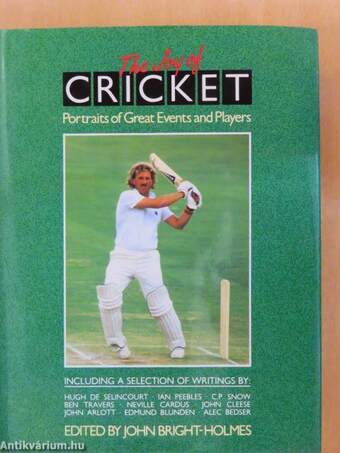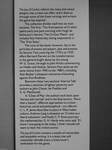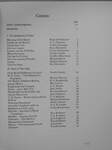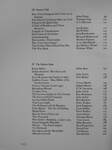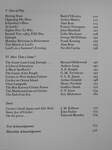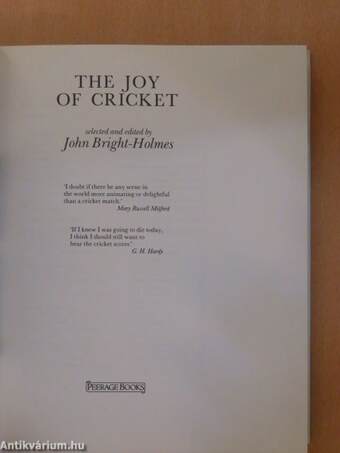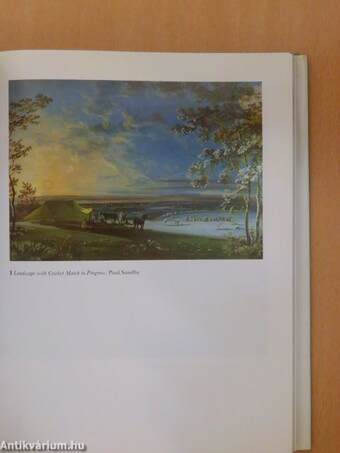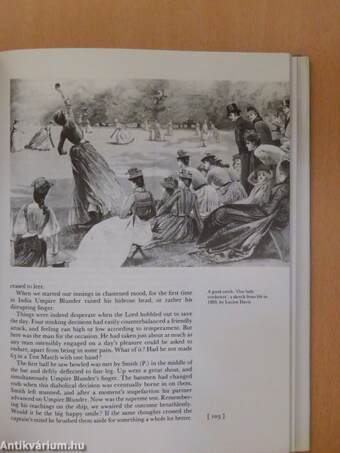1.067.053
kiadvánnyal nyújtjuk Magyarország legnagyobb antikvár könyv-kínálatát

VISSZA
A TETEJÉRE
JAVASLATOKÉszre-
vételek
The joy of cricket
Portraits of Great Events and Players
| Kiadó: | Peerage Books |
|---|---|
| Kiadás helye: | London |
| Kiadás éve: | |
| Kötés típusa: | Vászon |
| Oldalszám: | 275 oldal |
| Sorozatcím: | |
| Kötetszám: | |
| Nyelv: | Angol |
| Méret: | 25 cm x 19 cm |
| ISBN: | 1-85052-068-2 |
| Megjegyzés: | Fekete-fehér és színes fotókkal. |
naponta értesítjük a beérkező friss
kiadványokról
naponta értesítjük a beérkező friss
kiadványokról
Fülszöveg
The Joy of Cricket reflects the many and varied delights that cricket can offer; and it does so through somé of the finest writings and writers the game has inspired.
The collection divides itself into six main sections. The first, The Anticipation of Cricket', opens early one June morning with Hugh de Selincourt's famous The Cricket Match', and includes Roy Hattersley sitting expectantly in The Free Seats'.
The core of the book, however, lies in the portraits of events and players, past and present. So Section Two covering the 1770's to 1939, offers Bemard Darwin on the transformation in the game brought about by the young W. G. Grace, through to John Arlott commenting on Hobbs and Hutton. Section Four picks up the same theme from 1945 to the 1980's, including Alec Bedser's eloquent memories of bowling against Don Bradman.
Between these two sections 'Interval Talk' provides a selection of lighter pieces by such authors as John Cleese, lan Peebles and A. G. MacDonell.
In... Tovább
Fülszöveg
The Joy of Cricket reflects the many and varied delights that cricket can offer; and it does so through somé of the finest writings and writers the game has inspired.
The collection divides itself into six main sections. The first, The Anticipation of Cricket', opens early one June morning with Hugh de Selincourt's famous The Cricket Match', and includes Roy Hattersley sitting expectantly in The Free Seats'.
The core of the book, however, lies in the portraits of events and players, past and present. So Section Two covering the 1770's to 1939, offers Bemard Darwin on the transformation in the game brought about by the young W. G. Grace, through to John Arlott commenting on Hobbs and Hutton. Section Four picks up the same theme from 1945 to the 1980's, including Alec Bedser's eloquent memories of bowling against Don Bradman.
Between these two sections 'Interval Talk' provides a selection of lighter pieces by such authors as John Cleese, lan Peebles and A. G. MacDonell.
In 'Close of Play' the authors look back upon 'heroes and mortals' and in the flnal section, 'More than a Game?', different approaches to cricket — historical, social and philosophical - are offered. C. L. R. James describes its place in West Indián culture, Andrew Lang is eloquent on 'Cricket as a liberal education', and finally C. P. Snow portra/s the mathematician, G. H. Hardy who once said, 'lf I knew I was going to die today, I think I should still want to hear the cricket scores.'
The Joy of Cricket contains a wealth of memorable and enjoyable writing. It is a book that will constantly rekindle every cricket lover's enthusiasm for the game. Vissza
Témakörök
- Sport > Labdajátékok > Egyéb
- Sport > Sporttörténet > Egyéb
- Idegennyelv > Idegennyelvű könyvek > Angol > Sport > Egyéb



